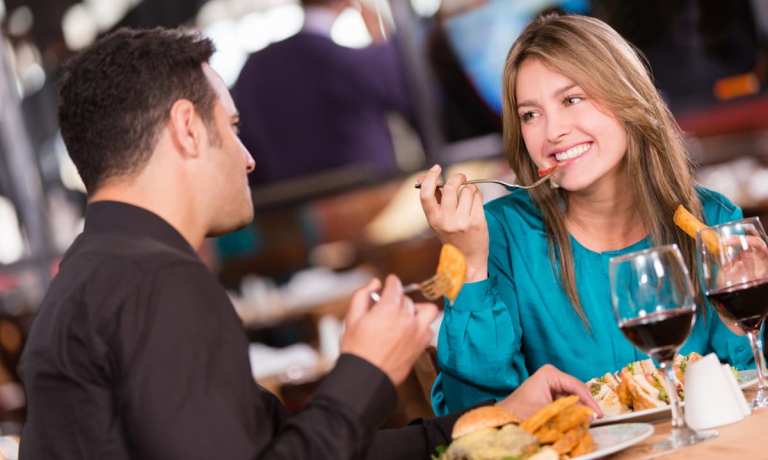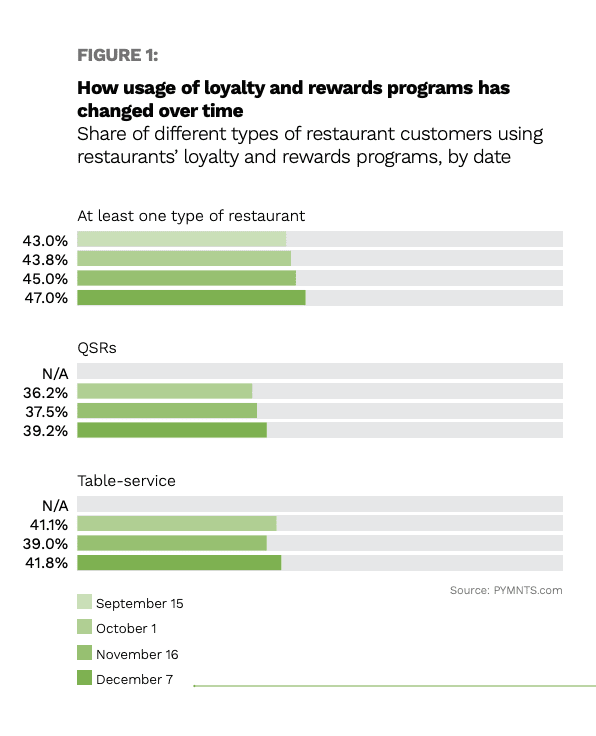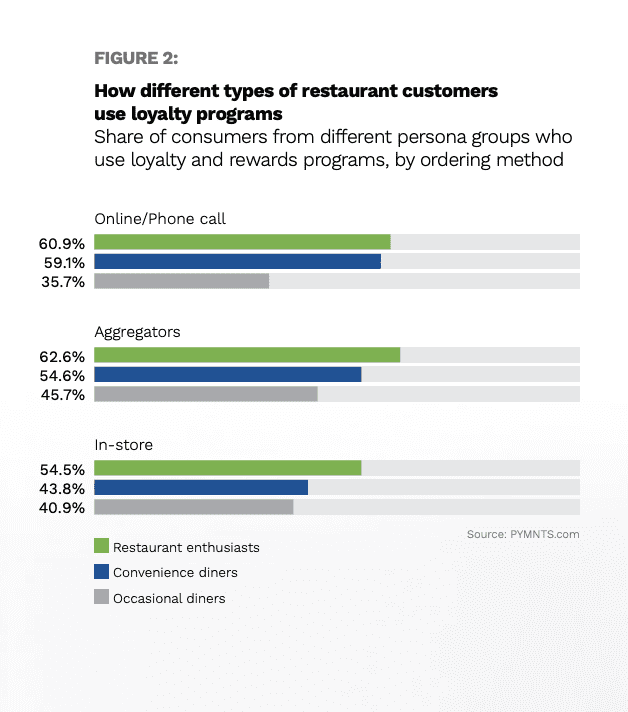
Who’s ordering most of the mobile meals we’ve come to love in the age of COVID?
You know who. It’s millennials and Gen Z, overwhelmingly.
In PYMNTS’ February 2021 edition of Delivering on Restaurant Rewards, a Paytronix collaboration, a census-balanced panel of nearly 2,100 U.S. consumers weighed in on the rewarding experiences sought by those driving the success of mobile order-ahead, also known as order-to-eat, to the point where “roughly 67 million people in the U.S. (27 percent of all U.S. consumers) now place food orders at least twice per week, whether for takeout, delivery or to eat on-site. This translates to 37 percent of the average restaurant’s customer base ordering at least eight times each month.”
Importantly, close to half of older bridge millennials (45 percent) — about 14 million U.S. consumers — are the foodies ordering from full-service restaurants (FSRs) and quick-service restaurants (QSRs) at least twice weekly. “This makes them the most frequent restaurant customers of any age group. Millennials and Gen Z are not far behind, with 41 percent (22 million consumers) and 42 percent (nine million consumers) ordering just as often, respectively.”
As Delivering on Restaurant Rewards states, “this underscores how critical it is for restaurants to provide digital ordering and payment options to win over their most frequent buyers.”
 Loyalty Keeps Levitating
Loyalty Keeps Levitating
Since PYMNTS began tracking these order-to-eat habits among American consumers, we’ve logged a steady increase in loyalty program engagement. Ironically, COVID was a kind of “cure” for the hundreds of zombie loyalty programs that saw far less action prior to the pandemic.
“Consumers are engaging with restaurants’ loyalty and rewards programs more often than they have since we began tracking their ordering habits. This is the third consecutive month in which PYMNTS has seen restaurant customers’ loyalty and rewards usage increase, with 47 percent of restaurant customers now saying they use their restaurants’ loyalty and rewards programs — up from 43 percent in September 2020,” per Delivering on Restaurant Rewards.
As a result, 61 percent of enthusiasts placing food orders online or via phone now report using loyalty programs, and 63 percent of enthusiasts ordering with aggregators said the same. That is appreciably more than the 55 percent of consumers who continue ordering in person.
Upscale foodies are engaging with loyalty more with each passing month, and they’re not alone. QSR loyalty programs have taken off during the pandemic, with “55 percent of convenience diners [ordering from QSRs twice weekly] who order food via aggregator and 59 percent who order online or over the phone [using] their restaurants’ loyalty programs.”
 Turning ‘Occasionals’ Into ‘Enthusiasts’
Turning ‘Occasionals’ Into ‘Enthusiasts’
As restaurants of various types seek the offerings and platforms that best serve their needs, looking for growth opportunities remains a key part of that equation. And it’s among those currently using loyalty the least where restaurants are creating loyal new customers. These “occasional diners” aren’t necessarily dialed into the digital dining scene of 2021, but research indicates they are an ideal target for growth using loyalty as an appetizer.
“A larger share of occasional diners than any other persona group cite restaurant loyalty programs as the top feature that would entice them to spend more on food orders, with 21 percent saying they would be most encouraged to spend more if their restaurants offered them,” according to the February edition of Delivering on Restaurant Rewards.
The report adds that “restaurant enthusiasts and occasional diners are more likely to already use loyalty and rewards programs, and this may explain why they are less likely to cite them as the top feature that would increase their spending. Eleven percent of restaurant enthusiasts and 13 percent of convenience diners say that their restaurants’ loyalty programs would encourage them more than any other feature to spend more on food orders.”
